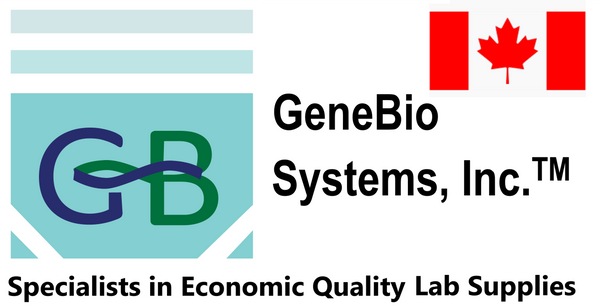Gene Bio Systems
Recombinant Human Myeloid cell surface antigen CD33(CD33),partial (Active)
Recombinant Human Myeloid cell surface antigen CD33(CD33),partial (Active)
SKU:CSB-MP004925HU
Couldn't load pickup availability
Size:100ug. Other sizes are also available. Please contact us.
Research Areas:Cancer
Uniprot NO.:P20138
Uniprot Entry Name:
Gene Names:CD33
Species:Homo sapiens (Human)
Source:Mammalian cell
Expression Region:18-259aa
Sequence:DPNFWLQVQESVTVQEGLCVLVPCTFFHPIPYYDKNSPVHGYWFREGAIISRDSPVATNKLDQEVQEETQGRFRLLGDPSRNNCSLSIVDARRRDNGSYFFRMERGSTKYSYKSPQLSVHVTDLTHRPKILIPGTLEPGHSKNLTCSVSWACEQGTPPIFSWLSAAPTSLGPRTTHSSVLIITPRPQDHGTNLTCQVKFAGAGVTTERTIQLNVTYVPQNPTTGIFPGDGSGKQETRAGVVH
Protein Description:Partial
Tag Info:C-terminal hFc-Myc-tagged
Mol. Weight:56.9 kDa
Biological_Activity:Measured by its binding ability in a functional ELISA. Immobilized CD33 at 2 ?g/ml can bind Anti-CD33 rabbit monoclonal antibody, the EC50 of human CD33 protein is 4.289- 5.312 ng/ml.
Purity:Greater than 95% as determined by SDS-PAGE.
Endotoxin:Less than 1.0 EU/ug as determined by LAL method.
Form:Lyophilized powder
Buffer:Lyophilized from a 0.2 ?m filtered PBS, 6% Trehalose, pH 7.4
Reconstitution:We recommend that this vial be briefly centrifuged prior to opening to bring the contents to the bottom. Please reconstitute protein in deionized sterile water to a concentration of 0.1-1.0 mg/mL.We recommend to add 5-50% of glycerol (final concentration) and aliquot for long-term storage at -20?/-80?. Our default final concentration of glycerol is 50%. Customers could use it as reference.
Notes:Repeated freezing and thawing is not recommended. Store working aliquots at 4? for up to one week.
Alternative Name/ Alias:Sialic acid-binding Ig-like lectin 3 (Siglec-3) (gp67) (CD33) (SIGLEC3)
Relevance:Sialic-acid-binding immunoglobulin-like lectin that plays a role in mediating cell-cell interactions and in maintaining immune cells in a resting state . Preferentially recognizes and binds alpha-2,3- and more avidly alpha-2,6-linked sialic acid-bearing glycans . Upon engagement of ligands such as C1q or syalylated glycoproteins, two immunoreceptor tyrosine-based inhibitory motifs located in CD33 cytoplasmic tail are phosphorylated by Src-like kinases such as LCK . These phosphorylations provide docking sites for the recruitment and activation of protein-tyrosine phosphatases PTPN6/SHP-1 and PTPN11/SHP-2 . In turn, these phosphatases regulate downstream pathways through dephosphorylation of signaling molecules . One of the repressive effect of CD33 on monocyte activation requires phosphoinositide 3-kinase/PI3K .
PubMed ID:
Function:
Involvement in disease:
Subcellular Location:
Protein Families:
Tissue Specificity:
Paythway:
HGNC Database Link:
UniGene Database Link:
KEGG Database Link:
STRING Database Link:
OMIM Database Link:


